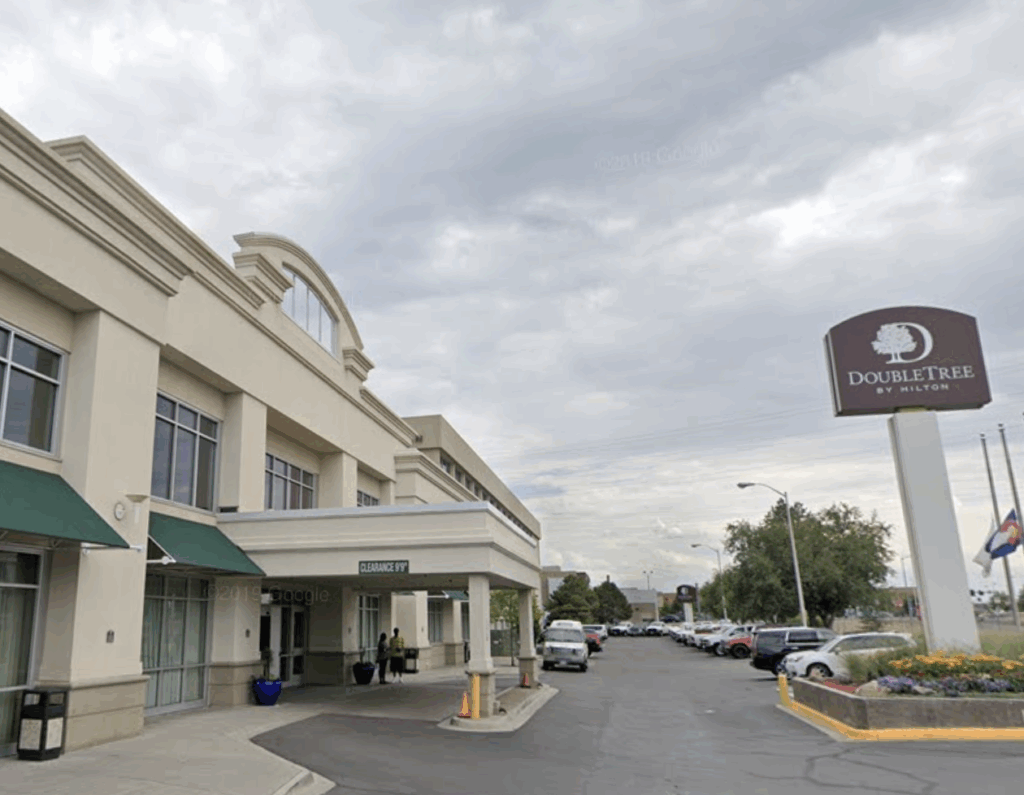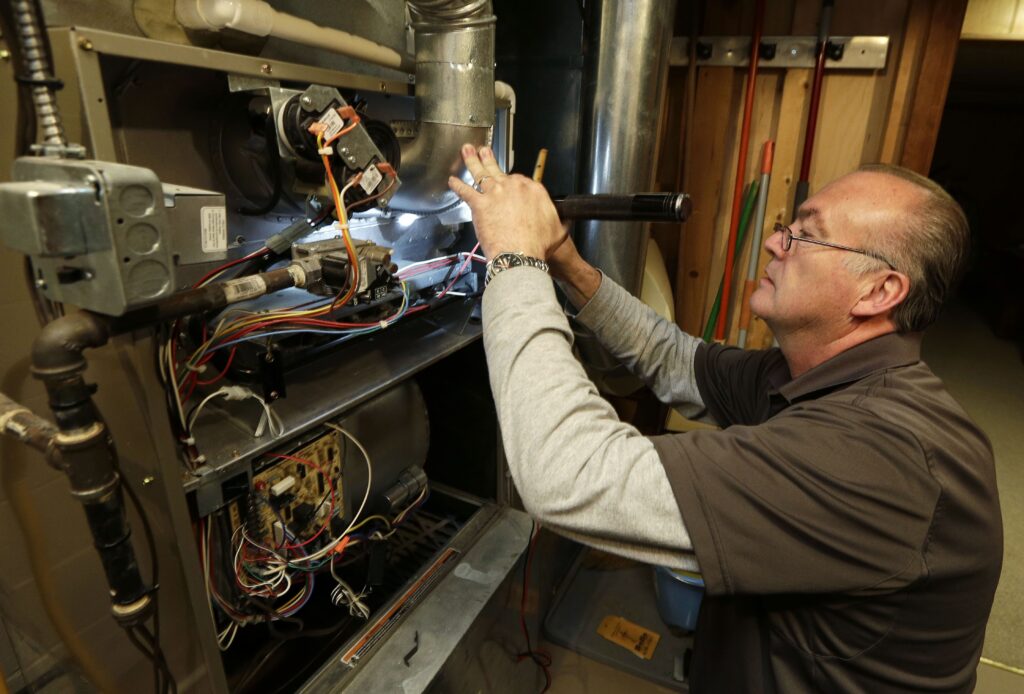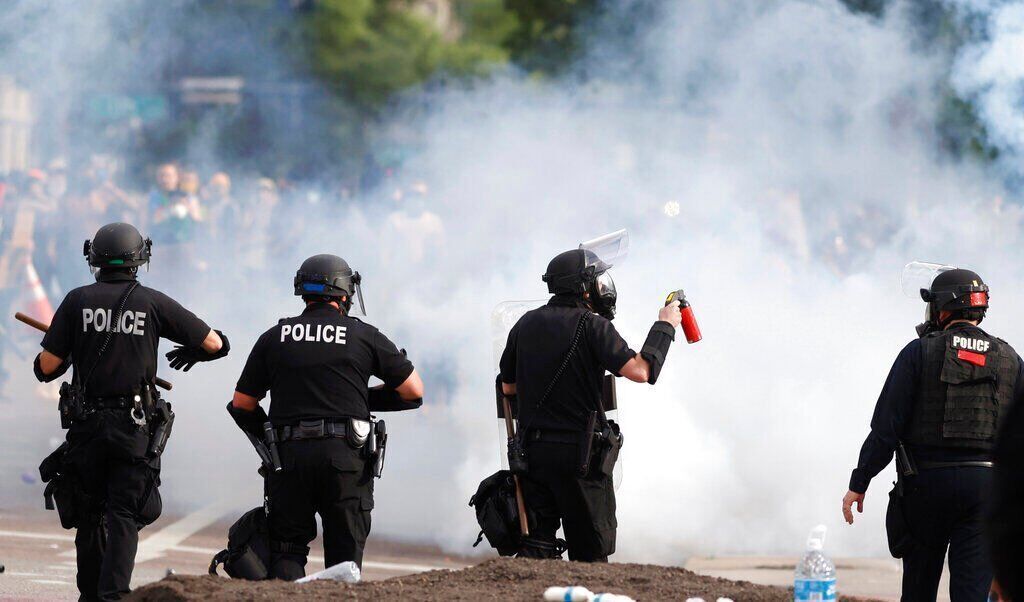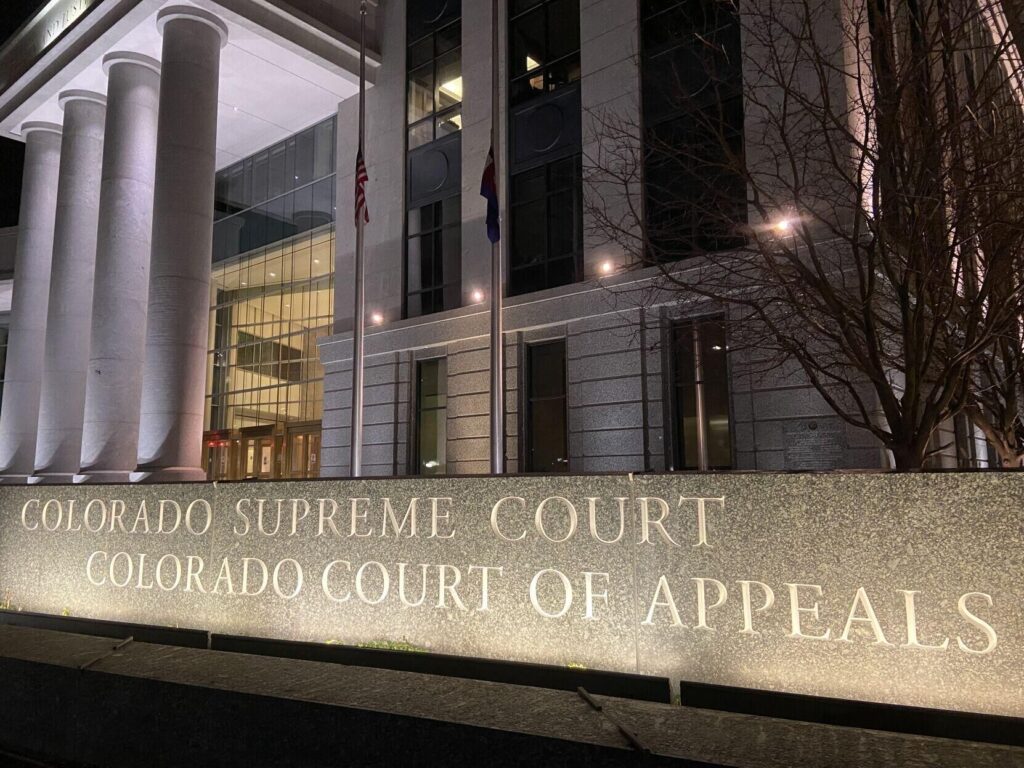Denver building owners face potentially millions in fines for failing to comply with energy requirements

Denver is offering carrots and sticks – very big sticks – in its efforts to cut carbon emissions and electrify buildings larger than 25,000 square.
The fine can be as much as $0.70 per kBtu – a measure of heat – per year over an energy-savings target set by the city.
For a 150,000 square-foot office building that overshoots its energy savings goal by 9.5 million kBtu by 2030, the owner could face a cumulative penalty of more than $2.8 million, according to documents outlining penalties from the Denver’s Office of Climate Action, Sustainability and Resiliency.
A building that hits its target in 2031 but goes out of compliance in 2033 and 2034 could potentially face a penalty of $226,500, the documents showed.
Dave Davia, CEO for the Rocky Mountain Mechanical Contractors Association, a construction trade organization, urged officials to be “thoughtful” in pursuing energy mandates.
“The move to decouple from fossil fuel and move towards an all-electric energy environment is going to be challenging, especially within the timeframes that they’ve outlined,” said Davia. “So, for example, in Denver, getting a permit through the process for site development and things like that is about a two-year process right now.”
He added: “And so, 2026 is coming up upon us. What are we doing with the projects that have yet to be permitted?”
Davia said supply chain and labor shortages will slow things down even more, especially for new construction, where gas appliances are already prohibited. That affects the availability of electric equipment for retrofits, he said.
“We’ve got to be thoughtful in contemplating the policy decision the state has made, and the city,” he said. “Gas fired appliances are 80% of buildings in the state of Colorado. So, we’re going to have to have a sea change. Eighty percent of the buildings are going to have to convert from gas to electricity either by 2026 or 2030 in order to make the aspirational goal that’s been set before us a reality.”
The city is providing several programs and technical assistance for building owners facing economic hardship, according to Katrina Managan, the director of buildings and homes in Denver’s climate office.
“The electrification, to be really clear, is not required to reach the Energize Denver targets,” Managan said in an interview with The Denver Gazette. “It may be a strategy some buildings want to pursue because it works well for them, but for other buildings it may be challenging, and they would take a different path to compliance.”
City officials analyzed more than 100 different building types to set the energy requirements, Managan said.
“We set performance targets for each building type,” she said, noting the 2030 target is based off of where the top 15% of buildings in a category stood in 2019.
Twenty-one percent of buildings in Denver already met their 2030 targets, Managan said, and virtually all of these buildings are heated with natural gas or steam. She said that top 15% of buildings complied right off the bat because they were used to the 2019 baseline.
“We’re asking the other 79% of buildings to do better and perform more like that top 21%,” Managan said. “But these targets are very achievable, as demonstrated by that 21% in buildings that are already operating with gas today in Denver.”
According to a penalty cost analysis by Group14, consultants hired by Denver, for a 26,250 square foot multifamily building built in 1938 – with an estimated total cost to upgrade to meet the 2030 targets of $288,087 – the annual energy cost savings would be $4,323 annually and a simple payback would take 66 years.
For a 95,952 square foot office building built in 1973, the upgrade cost was estimated to be $1,058,493, with an annual energy savings of $59,344 and an 18-year payback.
Managan, the Denver official, reiterated that resources are available to help building owners, “especially those serving low-income residents, that we would certainly hope that’s not a risk that we would see.”
“We have a very high level of technical support available for all equity priority buildings, and that’s includes any of them that are serving low-income residents, and they get extra support to develop their compliance plan,” she said.
Some of the measures building owners can take, other than replacing gas appliances include more efficient lighting, controls so the lights are on only when they need to be and efficient heating and cooling systems, she said. Specifically, some buildings need good controls for heating and cooling systems so they’re only operating when they need to be, she said.
“I’m surprised the amount of time that people end up simultaneously running heating and cooling at the same time because the systems just aren’t optimized,” Managan said. “It’s really a change in how buildings are operated as much as a change in investment and upgrades to buildings.”
Chelsea Warren, who speaks for Denver’s Office of Climate Action, Sustainability, and Resiliency, said 62% of Denver’s 2,900 buildings that are larger than 25,000 square feet are also larger than 50,000 square feet.
They, too, face the compliance requirements of the state’s large building energy efficiency regulation that requires a 7% energy use reduction by 2026.
Warren said that, currently, 22% of affected buildings in Denver are in compliance with their 2030 Denver energy reduction target.
“We have a lot of flexibility built into the program so that they can adjust their timeframe for making improvements if they need to fit with their management of the building,” Managan said. “We’ve got flexibility where there are valid reasons to adjust the target for the building. We really want to work with every building owner to put one in place.”
Starting on Jan. 1, 2024, gas furnaces and water heaters will not be allowed in new commercial and multifamily construction in Denver. In 2025, the city will no longer issue permits for certain types of gas heating and cooling systems for existing commercial and multifamily buildings. And, after 2027, the city will no longer issue any permits for any gas heating and cooling equipment in commercial buildings.
Davia from the mechanical contractors association worries about timelines and supply issues.
“I don’t dispute that my members benefit by going in and retrofitting these big buildings,” Davia said. “But if everybody did it at once, that’s where we’re going to hit a problem. I asked one of my members for a large commercial boiler to be all electric. It was a 65-week lead time. I mean we’re talking stuff that bumps up against the 2026 dates.”
“So, how are we going to meet the demand that exists today plus adding people because the world doesn’t get smaller, it gets bigger from a population perspective,” Davia said. “And yes, do I care about the environment a hundred percent. But I don’t know how we’re going to turn off the 21% (of U.S. emissions) because they’re building more gas or coal-fired power plants in countries like China and India and in other parts of the country, and carbon blows around the world.”
Managan said the issue of “climate change can feel so daunting to tackle.”
“But what we do here – it really isn’t small because there’s lots of other cities taking similar action and together that adds up to a lot,” she said. “I feel like what we’re doing is worthwhile also because we’re making better buildings that are healthier to live in. They’re more cost-effective to operate. They’ll have lower energy bills for our businesses and residents, and it’s doing our part to solve a much larger challenge.”














